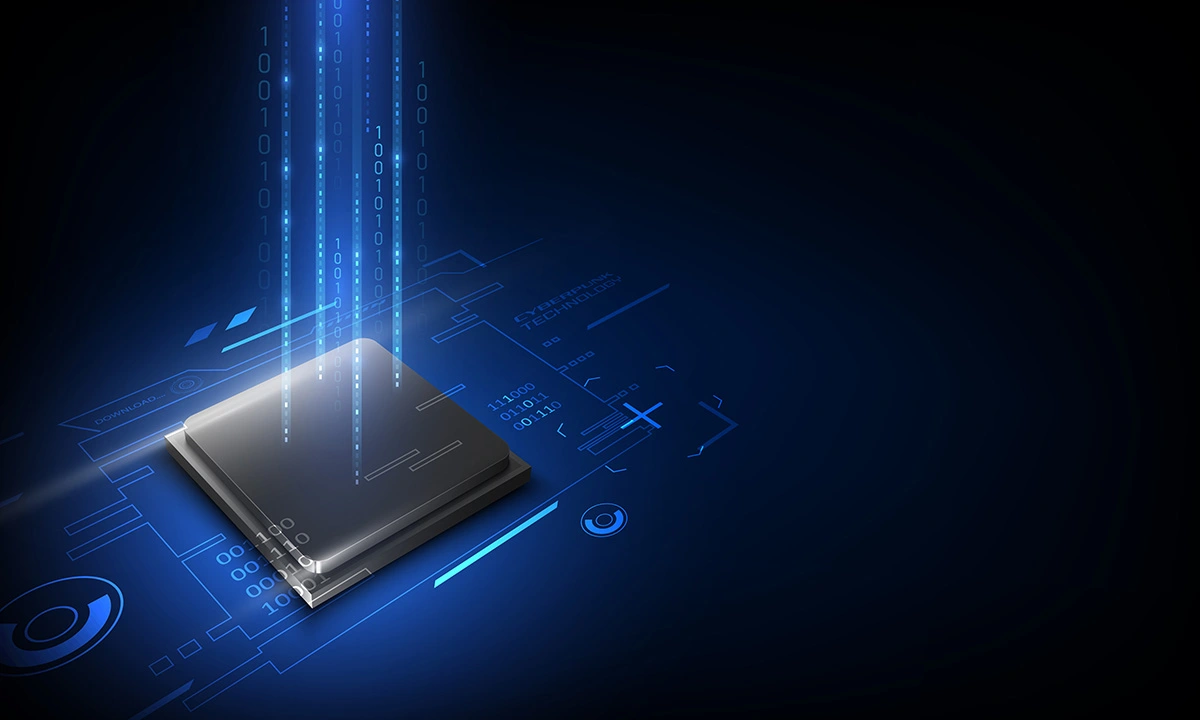Photonic qubits
The A students
Qubits are the fundamental units of quantum information. Unlike classical bits that can be either 0 or 1, qubits can be in a mix of both, thanks to superposition.
Creating qubits is not the hardest part—they can be superconducting circuits, trapped ions, photonic particles, electron spins, topological states, quantum dots, or NV centers in diamond. The real challenge is controlling many of them in sequence.
Imagine a toddler: managing one is easy, but getting a whole classroom of toddlers to sit still and work together is a Herculean task, similar to managing qubits.
Photonic qubits, using particles of light, are like the A students in class. They are stable, reliable, and don’t need an environment with near-absolute zero temperature to behave. However, they sometimes disappear by interacting a lot with their surroundings, which is their biggest drawback.
Despite this, photons hold immense potential for the future of quantum computing, thanks to their scalability and efficiency in transmitting information. So, while they might play hide and seek occasionally, these photonic qubits are leading the quantum revolution.

The quantum future is light!
Discover the possible applications and explore the benefits of photonic quantum computing.